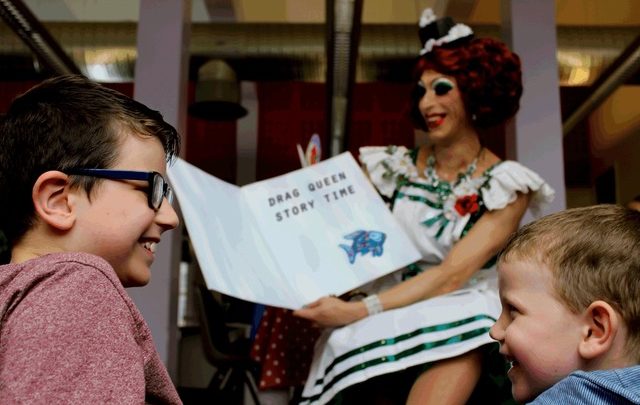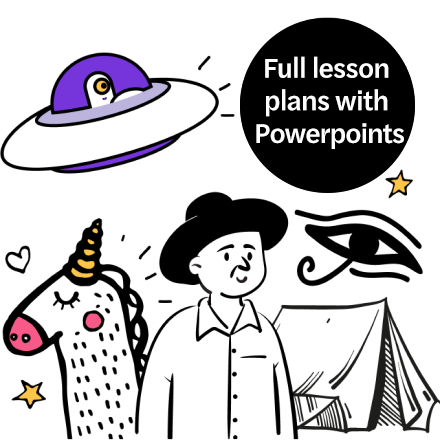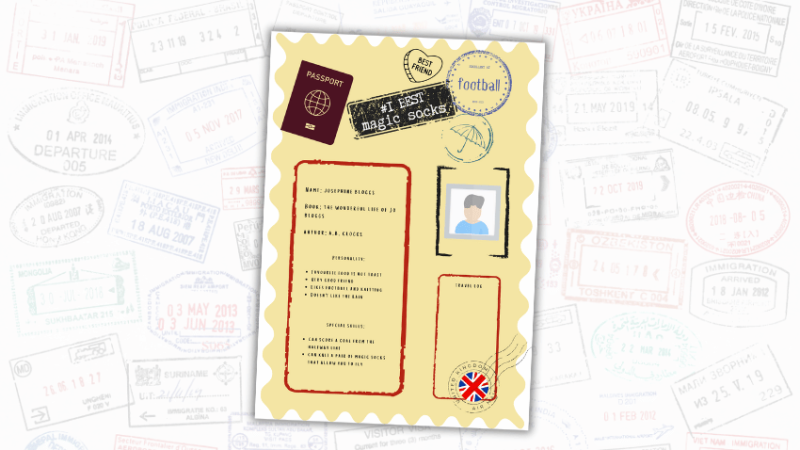Teaching Tolerance with Drag Queen Story Time

Karen Hart explores a project that both celebrates diversity and challenges traditional gender stereotypes…

- by Karen Hart
- Drama teacher, author and freelance writer

It’s been a long time since I visited an early years setting that was anything but unbiased and totally accepting of diversity in its many forms, but how far should you go in your efforts to celebrate all members of your local community? And should you be seeking out activities and experiences for children that show gender needn’t be a barrier to their future plans, whatever they may be?
I recently visited the London Early Years Foundation (LEYF)’s Soho Family Centre Nursery in London’s West End. Bright, busy and welcoming, this is a setting situated slap-bang in the middle of the most ‘diversity-friendly’ area of the capital.
Manager, Greg Stewart Lane, had organised a family day for parents and children to participate in play and activities, including face painting, snail racing, ukulele song time and a performance – by children – of The Three Little Pigs.
The star of the show, though, was the impossibly glamorous Aida, drag queen extraordinaire! With her black spangled evening dress, sky-high hair and pink heels the beautiful Aida certainly lived up to all expectations.
Chatting with both children and their parents, Aida’s natural friendliness made her an instant success. The best moment for me was hearing a group of three dads quizzing Aida – with genuine interest – on how she managed to get her hair to stand so high without falling over.
Aida joined in all the activities before launching into a theatrical reading of Little Red Riding Hood. She turned out to be a natural storyteller.
Teaching tolerance
So what was the thinking behind arranging this event? It was all part of Drag Queen Story Time (dragqueenstorytime.co.uk), a Bristol-based project that is spreading a message of tolerance across the country.
“The aim is to provide an inclusive space, where difference is not something to be feared,” says the project’s organiser, Thomas Canham.
“We believe that the expectations we place on young people can be damaging to their development, and that it’s important to challenge these expectations at an early age. To not see yourself in society’s vision of what is ‘normal’, or what is ‘beautiful’, can lead to much confusion later in life. So we hope to provide a space in which they can present as they wish, without fear of rejection.”
For manager Greg, having Aida host the nursery’s party and read to the children works on two levels:
“Firstly we are supporting our local LGBT families, whether it be LGBT parents, or indeed their children, by sending a signal of celebration,” he says. “But it also supports our whole approach to the creative arts – this Drag Queen event is exactly the kind of immersive activity that encourages creativity in thinking and play. It also helps the nursery team to see culture and the arts as so much more than a trip to the theatre or a wander around a gallery – as important as these trips are, we want to facilitate creativity connected to all learning and propel the imagination into exciting new places. Having fun and being creative builds and informs all areas of the Foundation Stage. And, of course, children love dressing up!”
For my part, the whole morning was a great success. There was a feeling that we had been part of something a bit innovative, and met someone doing things their way – there’s something really special about that.
Only in Soho?
When your preschool is located in the area of London most closely associated with gender acceptance – opposite the famous GAY nightclub – you’d probably assume parents of children attending the setting would be okay with them meeting individuals across a wide spectrum of sexual identities, but is Drag Queen Story Time something you could bring to your setting? Would your parents be as accepting? And, would there be any tangible benefits for your children?
On the matter of the first two questions, only you and your families can answer, but LEYF, for one, is embracing the project on a wider scale.
Drag Queen Story Time events, which LEYF views as a great way of extending its commitment to inclusivity, are taking place in seven of its nurseries, with a view to a wider roll out across all 37 of the group’s settings in future.
As for the third, alongside spreading a message of tolerance there’s another great reason to embrace the project: as part of efforts to challenge gender stereotypes – the idea that certain clothes, toys, jobs, etc are for males or females only.
A visit by a drag queen could kick off a drive to promote the idea that what you choose to do isn’t dependent on whether you’re a boy or a girl. Here are some ways you could continue such a theme:
Find out if any of your children have family members working in roles not typically associated with their gender, e.g. female firefighters or mechanics, or male nurses. Perhaps they could come into your setting to introduce themselves wearing their work clothes/uniforms and read a story to your children?
Create a ‘Jobs I might like to do’ interest table, including pictures, small-world play figures and objects children bring in from home relating to ‘what they want to be’ when they get older.
Try this activity. Place old toy catalogues on craft tables with paper-card and glue sticks. Invite children to make collages of their favourite toys by cutting and sticking pictures from the catalogues.
When finished, talk about the toys children have chosen, asking why they chose these toys, picking up on and talking about any gender-related choices (if a girl says she chose lots of dolls because she’s a girl, for example).
Try jumbling toys up a bit, such as putting building blocks in the same space as dolls and prams. Gender-neutral schools in Sweden have found this a very effective means of removing the invisible boundaries surrounding certain areas of their settings, bringing boys and girls into contact with play equipment they previously hadn’t engaged with.
Look to buy toys such as tricycles and scooters in colours other than blue and pink, to avoid these becoming known as the ‘girls’’ or the ‘boys’’ bikes.
Organise specific ‘colour day’ activities, using a single colour as the theme for the day.
So, all children will use only pink shades of paint and make pink bead necklaces one day, and children will create with only blue collage scraps and make paper crowns using only shades of blue paper and blue pens on another day.
Observe the conversations this encourages among your children.
To get in touch with Drag Queen Story Time, email Dqst.uk@gmail.com.
Gender-neutral settings
The Egalia Pre-school, a state-funded setting located in the Södermalm district of Stockholm, is an example of one of Sweden’s most radical attempts to pursue a totally gender-neutral environment for preschool children.
Here, staff address children as ‘friends’ rather than girls and boys, or him and her, but even though breaking down gender roles is a core mission in the national curriculum of Swedish preschools, it isn’t without its critics, leading to some teaching methods condemned as mind controlling and emasculating maleness.
The right way to approach this issue must surely be to balance the goal of equality with ensuring we don’t eliminate a child’s natural personality – whatever that may be.
Read all about it
Seven picture books that explore gender…
- Dogs Don’t Do Ballet, Anna Kemp (Simon and Schuster Children’s Books)
- William’s Doll, Charlotte Zolotow (Trophy Picture Books)
- My Princess Boy, Cheryl Kilodavis (Aladdin Books)
- It’s Okay to be Different, Tod Parr (Little, Brown and Company)
- The Great Big Book of Families, Mary Hoffman (Frances Lincoln Children’s Books)
- King and King, Linda De Haan (Tricycle Press)
- And Tango Makes Three, Justin Richardson & Peter Parnell (Simon and Schuster Children’s Books)
Karen Hart is a teacher of speech and drama education and a preschool practitioner.







